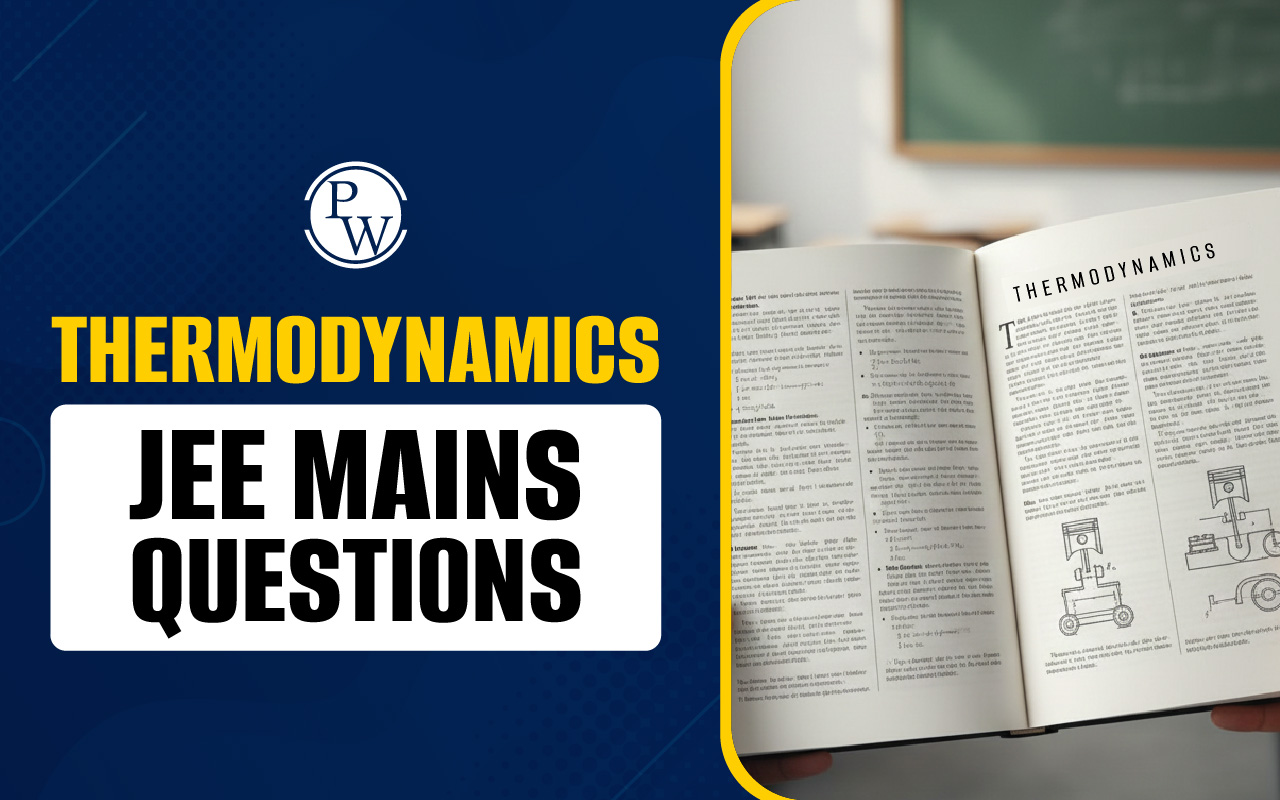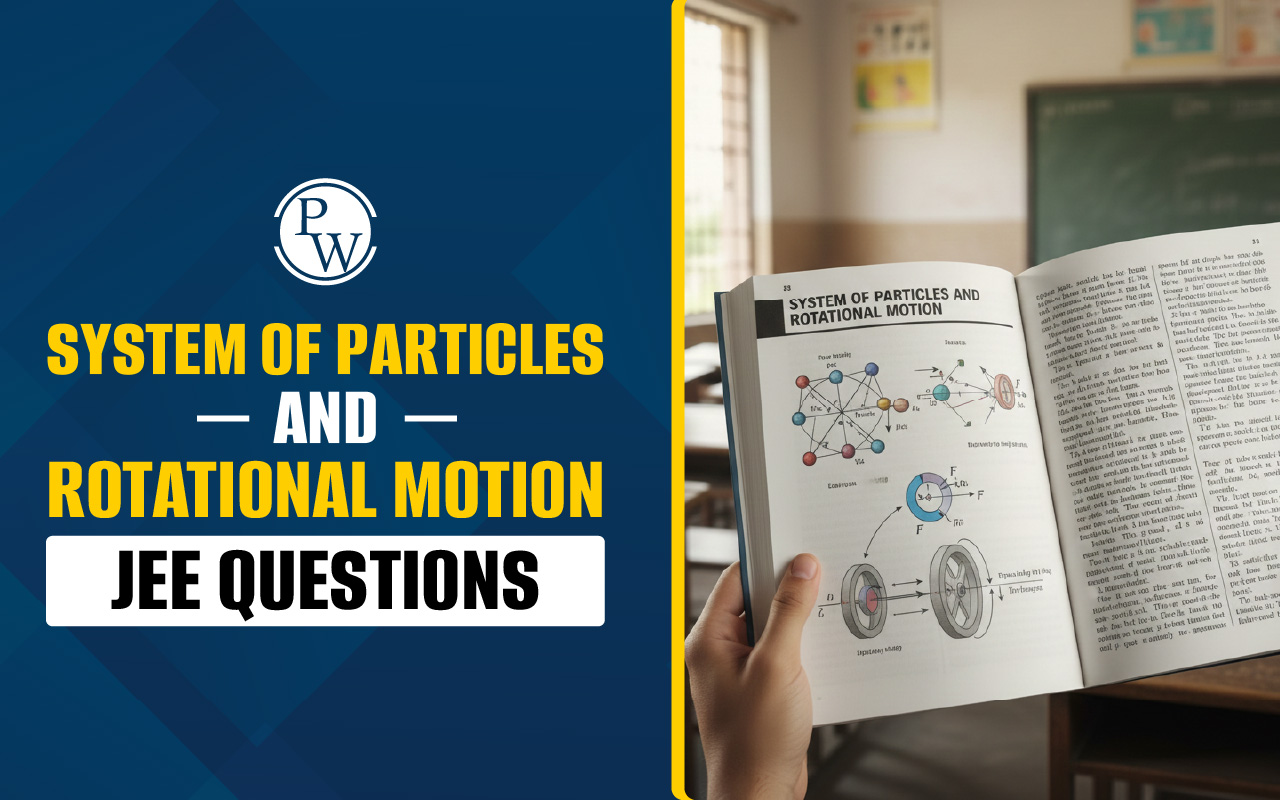
What Are Difference Between Elastic And Inelastic Collisions : An elastic or bouncy collision is one where kinetic energy is conserved, or the same before and after a collision. In an inelastic or 'sticky' collision, there's no kinetic energy conserved; its surroundings absorb it. As a result, both objects stick together and move forward as one. Read the complete article to learn about the major difference between Elastic and Inelastic Collisions .
What are Collisions?
A collision occurs when two or more objects come into contact with each other, exerting forces over a very short period of time. The interaction between these objects can result in changes to their velocities and, in some cases, their shapes. Collisions are fundamental events in classical mechanics and are crucial for understanding the behaviour of particles, vehicles, celestial bodies, and various other physical systems. There are mainly two types of collisions based on the conservation of kinetic energy:- Elastic Collisions
- Inelastic Collisions
What are Elastic Collision?
An elastic collision is a type of collision where the system's total energy is conserved. The collision between two objects in which both kinetic energy and momentum are conserved. In an elastic collision, the system's total kinetic energy before the collision equals the total kinetic energy after the collision. It's important to note that in real-world situations, perfectly elastic collisions are rare because some energy is usually lost to other forms, such as heat or sound. However, these principles provide a useful idealization for understanding the fundamental physics of collisions. The elastic collision depends on the two principles that are applied to both one-dimensional and two-dimensional collisions. In one-dimensional collisions, the motion occurs along a straight line, while in two-dimensional collisions, the motion occurs in two perpendicular directions. The key elements for the elastic collisions include:- Conservation of Momentum: The total momentum of the system before the collision is equal to the total momentum after the collision.
- Conservation of Kinetic Energy: The total kinetic energy of the system before the collision is equal to the total kinetic energy after the collision. Mathematically, it can be expressed as Total initial kinetic energy = Total final kinetic energy
What are Inelastic Collision
An inelastic collision is one in which neither kinetic energy nor momentum are conserved. In other words, the total kinetic energy of the system is not the same before and after the collision. Some of the kinetic energy in an inelastic collision is converted into other forms of energy, such as internal energy or deformation energy. A car accident is an example of an inelastic collision. When two cars collide, the deformation of the vehicles and the generation of heat due to friction between the surfaces result in a loss of kinetic energy. Following the collision, the vehicles may stick together, reducing the system's total kinetic energy.Important Key Elements Of inelastic collisions
Understanding these key elements assists physicists and engineers in analyzing and describing the dynamics of inelastic collisions, allowing them to predict the final velocities and states of the objects involved in the collision.- Kinetic Energy Loss: Unlike in elastic collisions, where kinetic energy is conserved, kinetic energy is lost in inelastic collisions. Some of the kinetic energy is converted into other types of energy, such as internal energy or deformation energy. The decrease in kinetic energy is frequently associated with the objects sticking together or deforming during the collision.
- Coefficient of Restitution: The coefficient of restitution (e) is a measure of how much kinetic energy is retained or lost during a collision. The coefficient of restitution for inelastic collisions is less than one, indicating a loss of kinetic energy. e is defined mathematically as the ratio of the relative velocity of separation to the relative velocity of approach following the collision.
- Objects Stick Together: In many inelastic collisions, the colliding objects tend to stick together after the impact. This sticking behavior is a result of the loss of kinetic energy and is often observed in collisions involving macroscopic objects like cars or billiard balls.
- Deformation: Inelastic collisions frequently involve the deformation of the colliding objects. This deformation contributes to the loss of kinetic energy and is a common feature in collisions between objects with finite elasticity.
Difference between Elastic And Inelastic Collisions
Difference Between Elastic And Inelastic Collisions : The two main types of elastic collisions are elastic collisions and inelastic collisions. Some of the major differences are covered in the table below.| Difference between Elastic and Inelastic Collisions | |
| Elastic Collisions | Inelastic Collisions |
| The total kinetic energy is conserved in the system | The total kinetic energy of the bodies at the beginning and end of the collision is different |
| Momentum does not change | Momentum does not change |
| No conservation of energy takes place | Kinetic energy is changed into other energy, such as sound or heat energy |
| It is highly unlikely in the real world, as there is almost always a change in energy | This is the normal form of collision in the real world |
| Consider two billiard balls on a table with no friction. An elastic collision occurs when one ball (Ball A) collides with another stationary ball (Ball B) and both move away from each other after the collision. Momentum and kinetic energy are both conserved in an elastic collision. | Consider two cars of similar mass traveling in the same direction on a road. When they collide, they may stick together and move as one unit afterward. This scenario depicts an inelastic collision in which kinetic energy is not conserved. |
Difference between Elastic and Inelastic Collisions FAQs
Q1. What is the main difference between elastic and inelastic collisions?
Ans. The difference between an elastic and an inelastic collision is whether kinetic energy is lost or conserved. Kinetic energy is not conserved in an inelastic collision and will be converted into sound, heat, radiation, or another form. The kinetic energy in an elastic collision is conserved and does not change form.
Q2. What is the difference between an elastic and an inelastic body?
Ans. There are two kinds of collisions: elastic and inelastic. Elastic collisions occur when the objects do not become permanently deformed and no heat is generated as a result of the collision. When objects collide inelastically, they stick together or become permanently deformed.
Q3. What is an example of inelastic collision?
Ans. An inelastic collision in a ballistic pendulum, to be precise. A dropped ball of clay is yet another example of an inelastic collision. A dropped ball of clay does not bounce back. Instead, when it hits the ground and changes shape, it loses kinetic energy due to deformation.
🔥 Trending Blogs
Talk to a counsellorHave doubts? Our support team will be happy to assist you!

Check out these Related Articles
Free Learning Resources
PW Books
Notes (Class 10-12)
PW Study Materials
Notes (Class 6-9)
Ncert Solutions
Govt Exams
Class 6th to 12th Online Courses
Govt Job Exams Courses
UPSC Coaching
Defence Exam Coaching
Gate Exam Coaching
Other Exams
Know about Physics Wallah
Physics Wallah is an Indian edtech platform that provides accessible & comprehensive learning experiences to students from Class 6th to postgraduate level. We also provide extensive NCERT solutions, sample paper, NEET, JEE Mains, BITSAT previous year papers & more such resources to students. Physics Wallah also caters to over 3.5 million registered students and over 78 lakh+ Youtube subscribers with 4.8 rating on its app.
We Stand Out because
We provide students with intensive courses with India’s qualified & experienced faculties & mentors. PW strives to make the learning experience comprehensive and accessible for students of all sections of society. We believe in empowering every single student who couldn't dream of a good career in engineering and medical field earlier.
Our Key Focus Areas
Physics Wallah's main focus is to make the learning experience as economical as possible for all students. With our affordable courses like Lakshya, Udaan and Arjuna and many others, we have been able to provide a platform for lakhs of aspirants. From providing Chemistry, Maths, Physics formula to giving e-books of eminent authors like RD Sharma, RS Aggarwal and Lakhmir Singh, PW focuses on every single student's need for preparation.
What Makes Us Different
Physics Wallah strives to develop a comprehensive pedagogical structure for students, where they get a state-of-the-art learning experience with study material and resources. Apart from catering students preparing for JEE Mains and NEET, PW also provides study material for each state board like Uttar Pradesh, Bihar, and others
Copyright © 2025 Physicswallah Limited All rights reserved.
Get App









